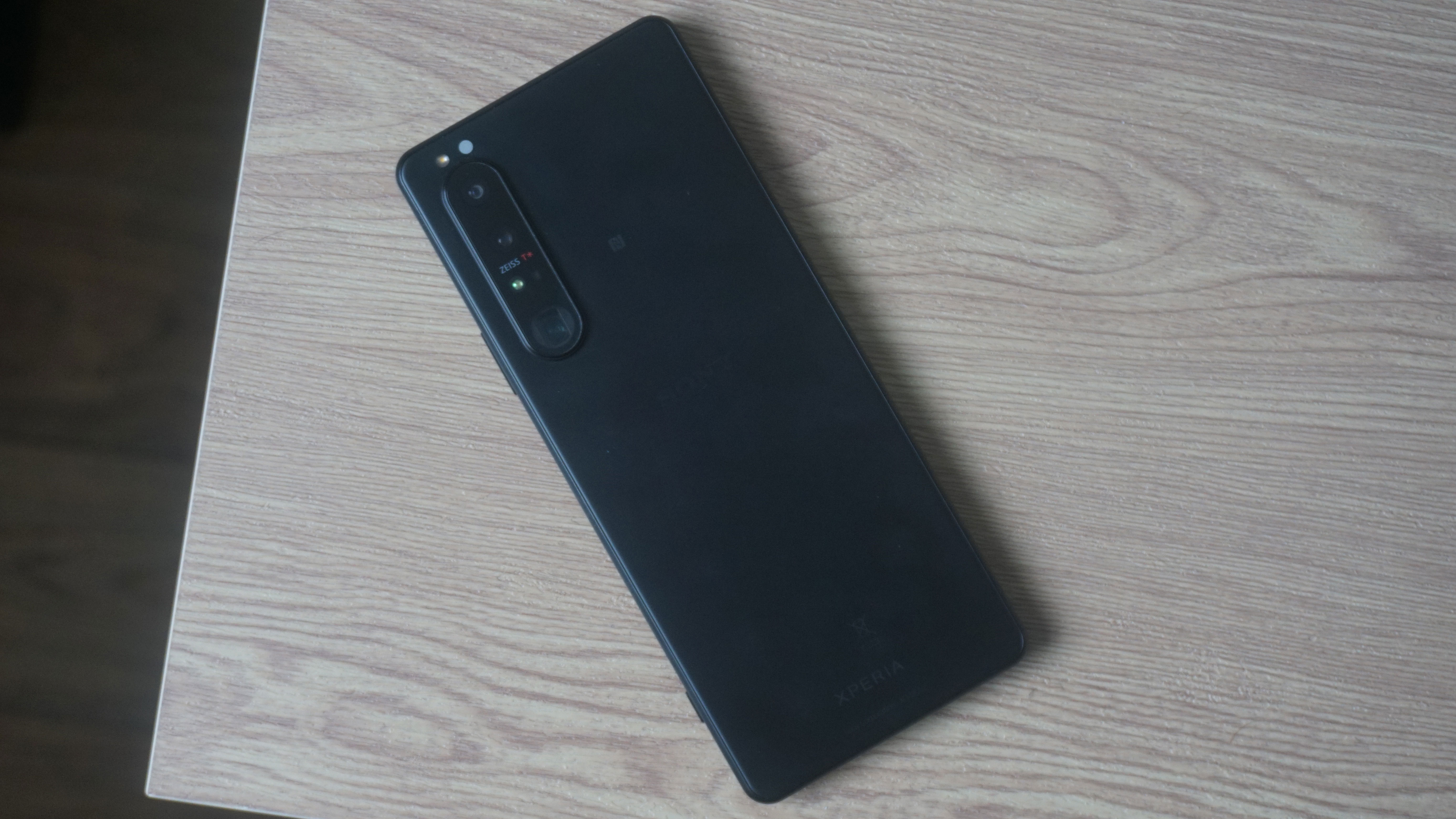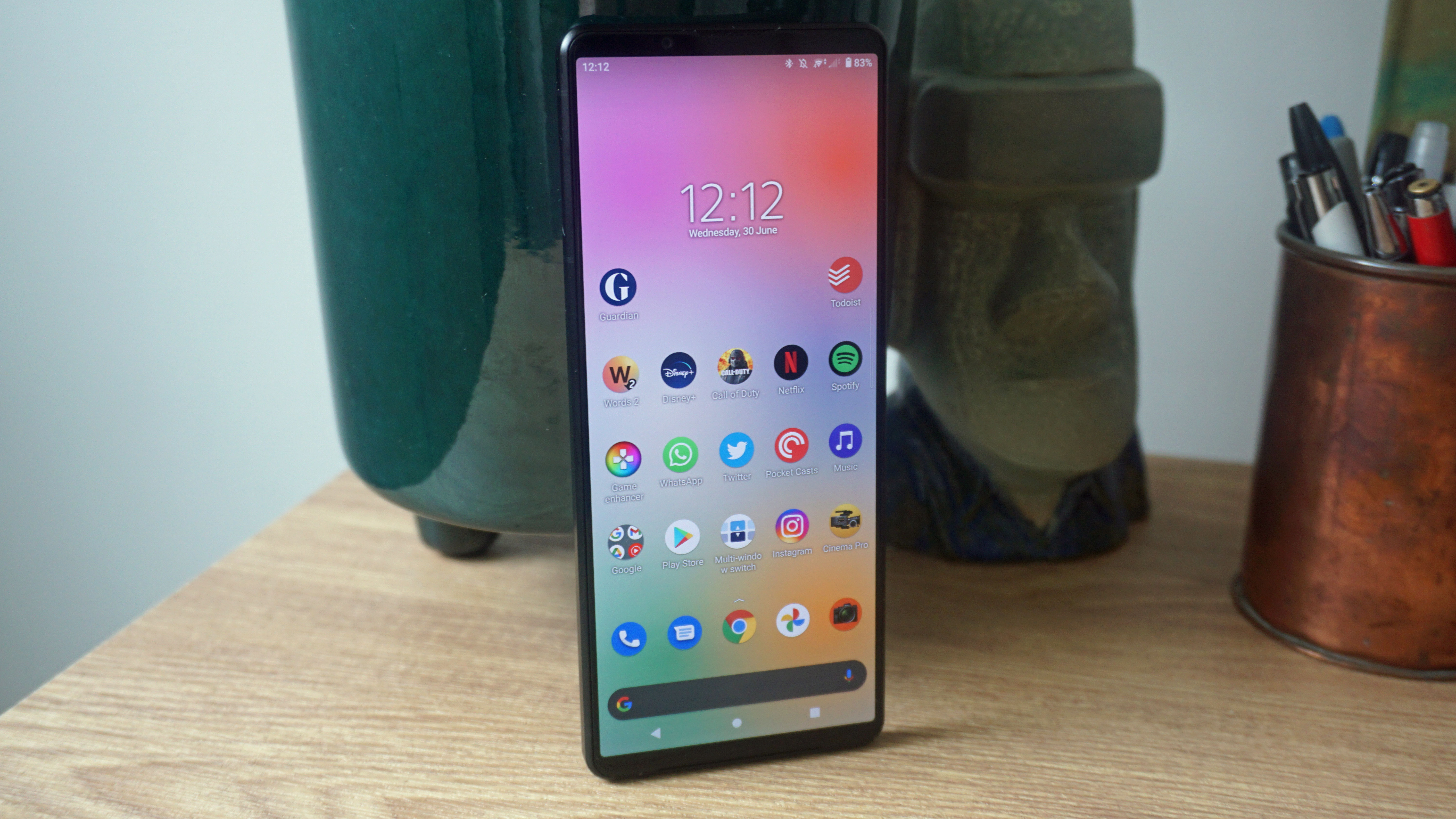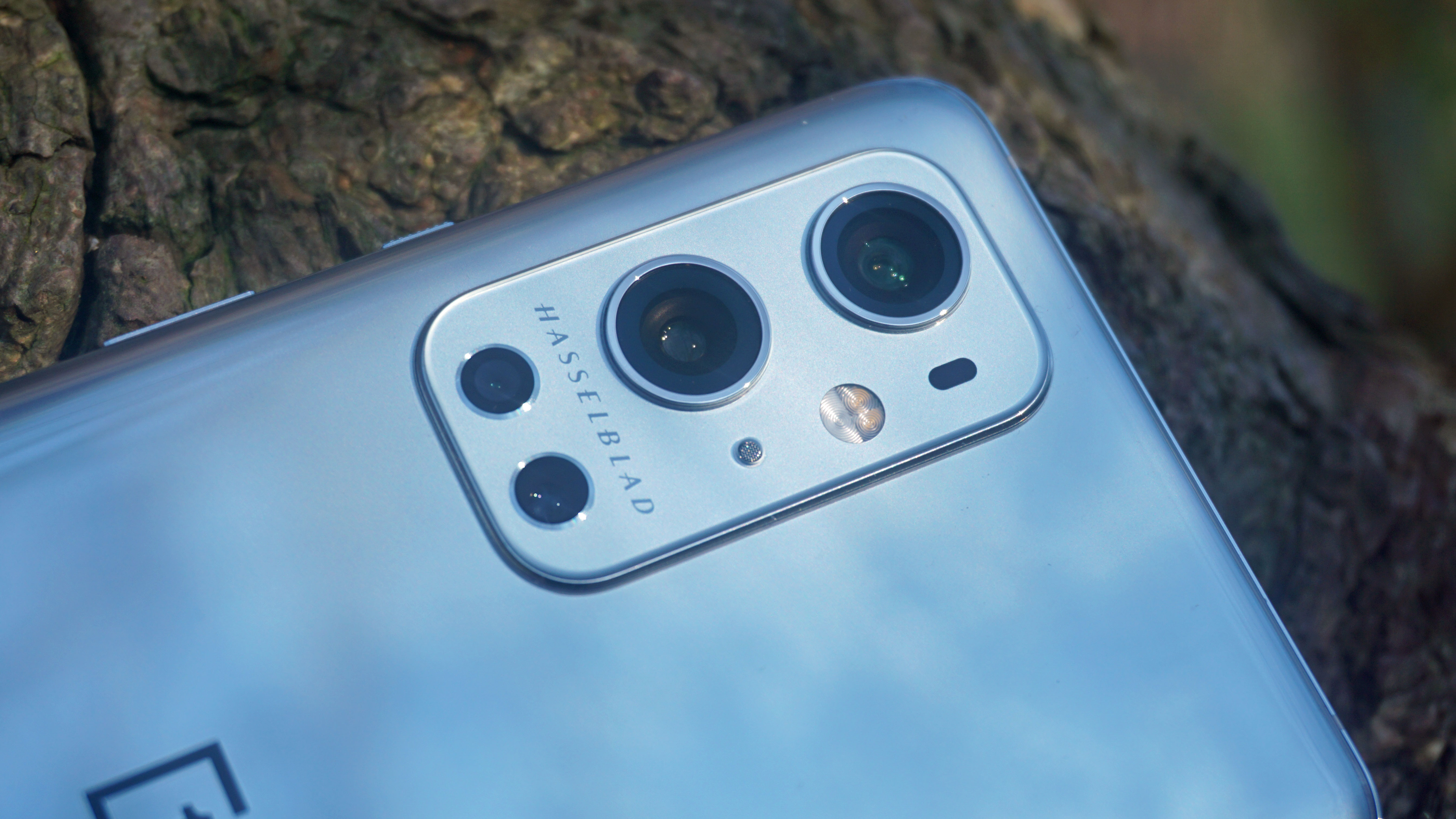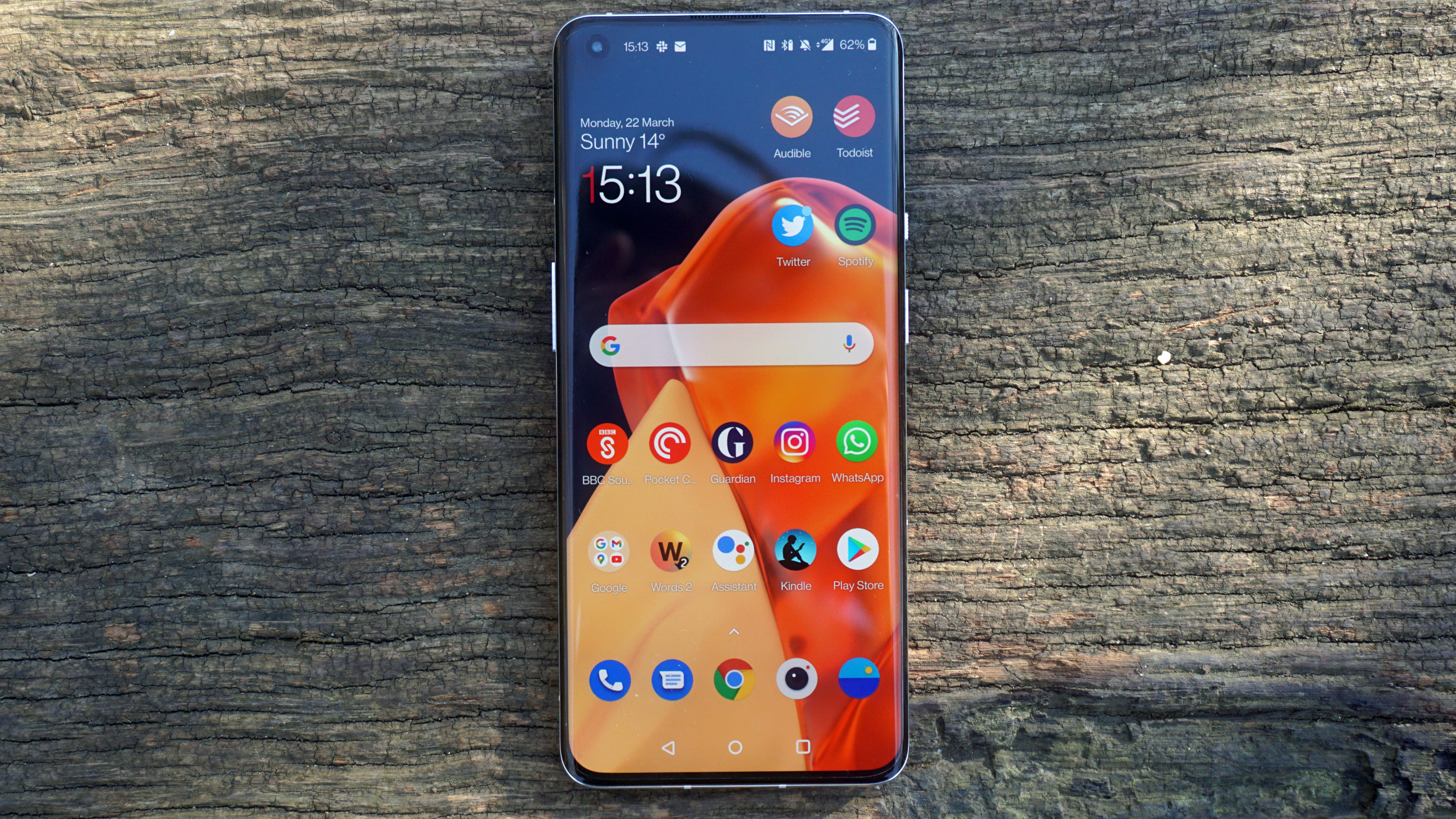
On the surface, the Sony Xperia 1 III and the OnePlus 9 Pro are two 2021 flagship phones gunning for the same top spot. But when you get down to the nitty-gritty, they’re really quite different.
Both Sony and OnePlus have carved out their own distinct niches in the modern smartphone market. That in itself is rather thrilling in a scene that can all get rather samey.
So the question is, which of these niche offerings is the more broadly appealing? And does it really all come down to good old value for money?
Sony Xperia 1 III vs OnePlus 9 Pro price and availability
The Sony Xperia 1 III was unveiled on April 14, 2021, but its launch date fell much later (in the US and UK at least) on August 19. If that sounds a little awkward, wait until you get a load of the price: $1,299.99 / £1,199 for the sole 256GB model that’s available in those territories.
The OnePlus 9 Pro was released on March 30, 2021 with prices starting from £829 for 8GB of RAM and 128GB of storage, with no availability for that version in the US. Bumping things up to 12GB / 256GB will cost you $1069 / £929.
Sorry Australia - neither of these phones seems to be launching in your fine country any time soon.
Design

These two phones look very different from one another, despite ostensibly taking the same glass-and-metal sandwich approach.
Sign up for breaking news, reviews, opinion, top tech deals, and more.
The Sony Xperia 1 III is much squarer and straight-edged, with a dead-flat display. That display is also notchless, with the selfie camera bundled into a slightly thicker forehead. There’s a chin to match.
Sony’s design harks back to the more functional smartphones of the past, as does the provision of a 3.5mm headphone jack. Indeed, the Xperia 1 III is quite the audiophile’s plaything, with a pair of proper front-firing speakers taking advantage of that extra bezel space.
At 165 x 71mm, the Sony is a taller phone than the OnePlus, but it’s also narrower. The OnePlus measures 163.2 x 73.6mm by comparison. Sony’s phone is also both thinner at 8.2mm (vs 8.7mm) and lighter at 186g (vs 197g) than its counterpart.
We far prefer the finish of the rear of the Sony Xperia 1 III too. Its frosted, slightly matte glass looks and feels much nicer than the OnePlus’s shinier alternative. OnePlus has tried to mix things up with a fogged up finish (in the headline Morning Mist color option at least), but it’s not wholly successful.

Don’t get us wrong, the OnePlus 9 Pro isn’t an ugly phone by any means. Indeed, if you like a curvier chassis, you might even find it preferable. For our money, though, it’s just a little more generic and thus unexciting.
Around front, the Sony adopts tougher Gorilla Glass Victus as opposed to the OnePlus 9 Pro’s older, weaker Gorilla Glass 5. It also has tougher Gorilla Glass 6 around back, whereas it’s Gorilla Glass 5 again for the OnePlus. The Sony also gets a more comprehensive IP65/68 rating, whereas the OnePlus only has the usual IP68.
Both phones offer a bonus physical control - or two in the case of the Xperia 1 III. The Sony gives you a dedicated shutter button alongside a Google Assistant button, while the OnePlus 9 Pro gives you the brand’s customary physical alert slider. We’re big fans of all except the Google Assistant button, which feels superfluous on every phone that has one.
The right side of the Sony phone is particularly busy, as it also contains an enlarged power button with a fingerprint sensor stashed within. OnePlus goes with a more orthodox in-display system. Both are suitably fast and reliable, so it largely comes down to a matter of preference.
Display
The differences continue when we come to the matter of displays.
The OnePlus 9 Pro's display is a quintessential example of the 2021 flagship form. We’re talking a 6.7-inch 20:9 AMOLED screen that’s capable of outputting at 1440 x 3216 and 120Hz simultaneously.
It’s particularly notable here that OnePlus has implemented a system whereby its LTPO display can scale from 1Hz to 120Hz, depending on the task at hand. That makes it super efficient.
The Sony Xperia 1 III has a 6.5-inch 4K (1644 x 3840) OLED screen, which can also output at a 120Hz refresh rate. Sony has been quite insistent that the display is technically capable of doing 4K and 120Hz simultaneously, but in practical terms the vast majority of applications and tasks won’t take advantage of this. That’s the price of being niche and cutting edge, we guess.

In practice, it doesn’t really matter. 4K movie and video content looks spectacular on this screen, especially with a super-wide 21:9 aspect ratio and no notch to get in the way. Meanwhile, when it comes time to game, or in general navigation, those higher refresh rates really pay off.
In general conditions, we’d perhaps hand the edge to the OnePlus 9 Pro's display. Its more uniform aspect ratio, larger size, and brighter 1300 nits peak output makes it slightly more expansive and balanced for day to day tasks.
Make no mistake, though, these are two great screens in their own right. Both are vibrant, highly tweakable, and fully supportive of HDR standards, and both adapt to the task at hand quite seamlessly.
Camera
Sony and OnePlus have both had something to prove in the camera stakes over recent years, albeit for very different reasons.
As an established name in photography, there’s often been the sense that Sony’s phones don’t capitalize on the manufacturer’s expertise as they should. In the other corner, OnePlus’s relative inexperience has led to the perception that it doesn’t have the serious photographic chops to compete with the very best.
Both of these phones tackle those perceptions head-on.
The Sony Xperia 1 III is packed full of pro-leaning features, including the fastest and most advanced autofocus system we’ve seen in a phone. It can even lock onto your pet’s eyes, and shoot lots of shots in rapid succession.

Sony has taken an old-school approach to camera design with a balanced triple–12MP set-up. Rather than packing in the pixels, it’s gone for a large 1/1.7" sensor for the main lens, capturing chunky 1.8µm pixels.
Throw in optical image stabilization (OIS) and it takes rapid, sharp shots with relatively little in the way of obvious image processing. Indeed, Sony’s super-involved camera app places full manual control at your fingertips. But even point-and-shoot shots with the Auto mode look a lot flatter and more natural than most of its peers.
OnePlus has addressed criticisms of its own camera shortcomings by bringing in specialist Hasselblad as a partner. The legendary Swedish company has fine-tuned the OnePlus 9 Pro’s color science and redesigned its camera UI.
That color tuning is key to the differences between these two phones. Both take relatively natural shots, but the OnePlus takes snaps that look more punchy and less muted than its rival. Sony is all about presenting the scene as it was in real life, sometimes to a fault.
Funnily enough, the OnePlus 9 Pro features an even larger main image sensor than the Xperia 1 III, and it’s from Sony. It’s a custom 48MP Sony IMX789 that produces 1.12µm pixels, though pixel-binning techniques ensure that the quality remains high.

Elsewhere, the OnePlus 9 Pro’s Digital Overlap HDR (DOL-HDR) technology lessens ghosting in HDR shots by shooting long and short exposures in rapid succession.
The Xperia 1 III has the more advanced telephoto offering, with a single 1/2.9" 12MP sensor and an innovative dual-lens system, which can switch between 3x and 4.4x optical zoom. By contrast, the OnePlus 9 Pro’s 8MP 3.3x telephoto looks rather modest, though it’s far from bad.
OnePlus hits back with arguably the best ultra-wide in the business - a 50MP Sony IMX766 with a freeform lens that takes shots with almost as much pop, detail, and clarity as that main sensor. Sony’s 12MP ultra-wide looks a little modest by comparison, though again it’s far from bad.
One the video front, both phones can hit 4K at 120fps, but the OnePlus 9 Pro can also manage 8K at 30fps. We have to say, though, that this is of limited use. Who even has an 8K display in 2021?
Sony’s 1/4“ 8MP front camera isn’t all that great compared to the OnePlus phone’s 1/3.06” 16MP equivalent. But neither is a exactly a world-class performer on this front.
Specs and performance
Both of these phones lay on a Snapdragon 888 chipset with 12GB of RAM, though the entry model of the OnePlus 9 Pro will give you 8GB.
Either way, these are about as fast as it’s possible for an Android phone to get right now. Both currently hit Geekbench 5 multi-core scores of around 3,600, which is high and therefore good.
Both devices will blitz any game you throw at them on high settings, even the likes of Genshin Impact. Sony’s more uniform, wider, and unbroken screen gives games a more cinematic edge, though the OnePlus display has a faster 360Hz touch sampling rate (the Sony’s is 240Hz), so is more responsive from a competitive gaming perspective.
The OnePlus 9 Pro also wins hardcore gaming brownie points for its chunky vapor chamber cooling system, which helps it run at full whack for longer without excess heat build-up threatening to spoil the party.

In terms of storage options, the Sony Xperia 1 III gives you either 256GB or 512GB (though only the smaller of those is available in most regions), while OnePlus gives you 128GB or 256GB. The Sony wins this round though as it also gives you a microSD card slot for expansion purposes.
When it comes to software, it’s a close-fought battle. Sony goes with an extremely clean take on Android that retains much of Google’s original layout. It adds a handful of Sony apps that not everyone will be a fan of, plus a powerful split-screen function for capitalizing on that long display.
OnePlus’s OxygenOS is particularly fast and stylish, and arguably more immediately appealing than Sony’s UI. These days you could argue that it’s less stock-looking than Sony’s software, but it has a unique charm that marks it out from any other custom UI. There’s less bloatware than on the Sony, too.
Battery
Both phones have 4,500mAh batteries, and both are good for a day of usage in general use. We’d give the edge to the OnePlus, though.
The Xperia 1 III can get you through a full day of usage with all of its settings maxed out, but only just. We found that the phone would generally be left with around 10% at the end of a long day of moderate usage, which isn’t fantastic.
On the other hand, we only experienced a couple of occasions where we had to give the OnePlus 9 Pro a quick sip of power at around 10pm. It would generally last through a full day of moderate usage with more to spare than the Sony.
OnePlus also wins when it comes to recharging. While Sony bundles the Xperia 1 III with a 30W charger, OnePlus gives you a much faster 65W charger.
Both phones will support wireless charging, though again, the OnePlus is faster at 50W. Sony doesn’t specify how fast its own standard is, but it seems likely to be similar to the Xperia 1 II’s 15W.

Takeaway
It might not seem it at first glance, but these two phones are operating in slightly different spheres.
The Sony Xperia 1 III is an ultra-flagship, offering bleeding-edge specifications for a four-figure sum. To that end, it belongs in the same company as the Samsung Galaxy S21 Ultra, the Xiaomi Mi 11 Ultra, and the Oppo Find X3 Pro.
Meanwhile, the OnePlus 9 Pro is more of a ‘normal’ flagship phone, offering a high-end package for several hundred pounds less. Think the Samsung Galaxy S21, the Xiaomi Mi 11, and the iPhone 12.
While we have a lot of good things to say about both phones, though, the OnePlus is the better buy for most people. It gets awfully close to the Sony in some ways (overall camera performance), matches it in others (performance), and beats it in still others (battery life and recharging).
The OnePlus 9 Pro’s design isn’t as special, but it’s far from ugly. When it comes to the crunch, it’s all most people will want or need from a top end phone, and for much less money.
Of course, for the minority of hardcore media enthusiasts, audiophiles, and avid photographers out there, the Sony is an everything-but-the-kitchen-sink delight.
- Not sold on either? Check out all the best smartphones

Jon is a freelance journalist who has been covering tech since the dawn of the smartphone era. Besides TechRadar, his words and pictures have appeared in The Telegraph, ShortList, Tech Advisor, Trusted Reviews, Expert Reviews, and more. He largely covers consumer technology, with a particular focus on smartphones and tablets. However, he's also been known to dabble in the worlds of entertainment and video games.